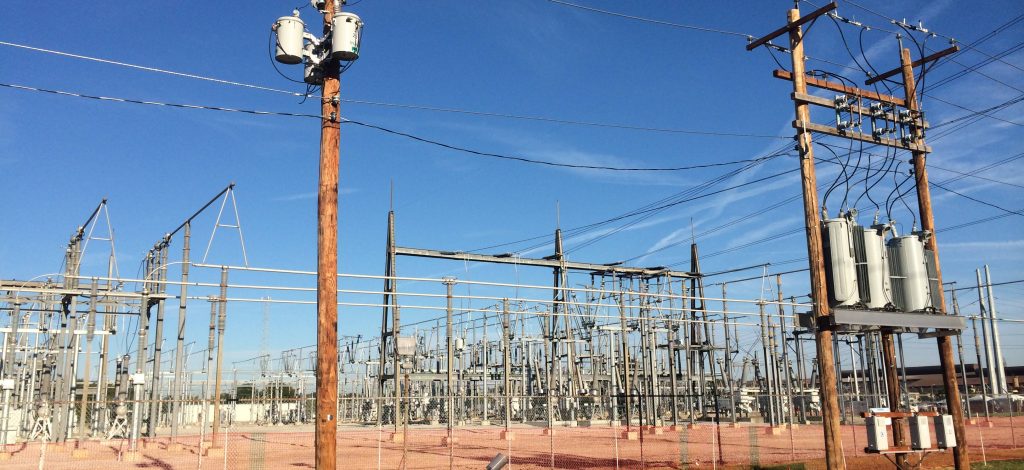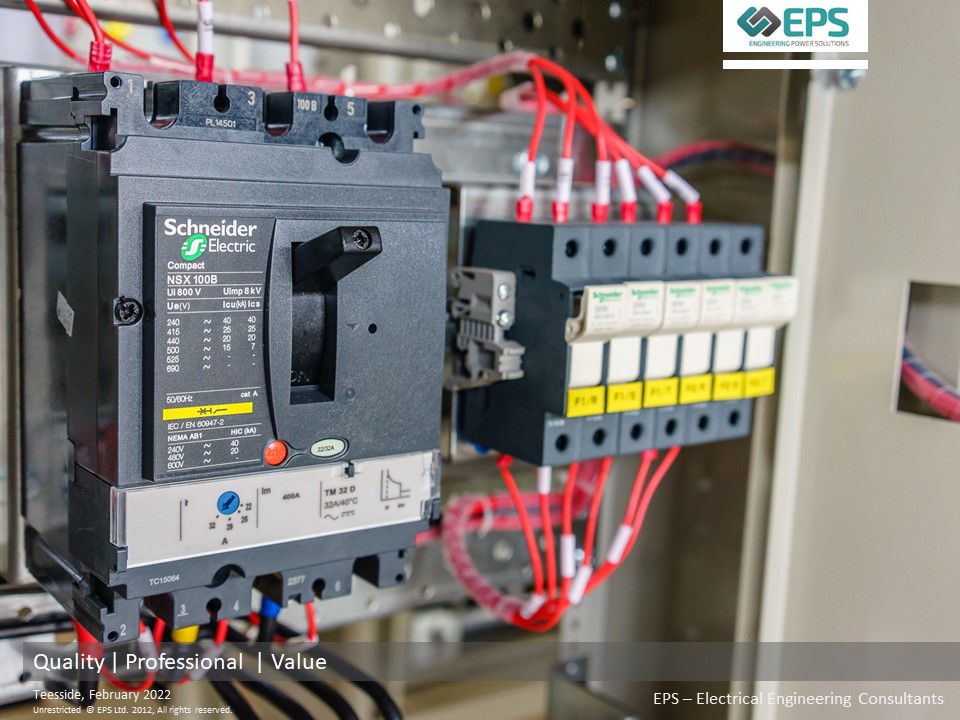In an era where technology intertwines with our daily lives, the vitality of electrical infrastructure cannot be overstated. The reliability of power systems is not merely a matter of convenience; it represents the backbone of modern society, propelling everything from household appliances to critical healthcare services.
As urban populations swell and renewable energy sources gain momentum, the complexity of electrical networks increases, demanding a sophisticated approach to analysis and management. Power systems analysis emerges as a pivotal tool, enabling engineers and planners to scrutinize the intricate web of electrical connections, forecast potential failures, and ensure the seamless delivery of power.
By blending advanced modeling techniques with real-time data, this analytical framework enhances resilience, minimizes outages, and builds trust in the systems that light our homes and empower our industries. The symbiosis between analytical rigor and practical application underpins a future where the reliability of our electrical infrastructure can not only meet but exceed the demands of tomorrow.
Components of Electrical Infrastructure
 The components of electrical infrastructure form a complex interconnection of systems that work in tandem to ensure the seamless delivery of power. At the heart of this network lies the generation stations, where energy is produced, whether from fossil fuels, nuclear, or renewable sources like wind and solar.
The components of electrical infrastructure form a complex interconnection of systems that work in tandem to ensure the seamless delivery of power. At the heart of this network lies the generation stations, where energy is produced, whether from fossil fuels, nuclear, or renewable sources like wind and solar.
From there, power is transmitted through high-voltage lines, facilitated by substations that step down voltage for safe distribution. Additionally, distribution lines branch out into neighborhoods, powering homes and businesses alike.
Critical to this web are transformers, circuit breakers, and relays, which collectively manage the flow and safety of electricity. All these elements—interconnected and meticulously designed—create a robust framework that supports the reliability of electrical infrastructure, highlighting the intricate balance between supply and demand necessary for a modern society to thrive.
Key Concepts in Power Systems Analysis
In the realm of power systems analysis, several key concepts play a pivotal role in fostering the reliability of electrical infrastructure. At the heart of this field lies the concept of load flow analysis, which evaluates how electrical power flows through a system and identifies potential bottlenecks or inefficiencies.
Additionally, the importance of fault analysis cannot be understated; it facilitates the detection and management of failures that can jeopardize system stability, ensuring that quick corrective measures can be implemented. Moreover, stability analysis examines the systems ability to withstand disturbances, offering insights into how to maintain consistent operations amidst varying conditions.
Incorporating these principles, engineers harness sophisticated modeling and simulation techniques, along with the advent of smart grid technologies, to optimize power delivery and enhance overall operational resilience. Together, these concepts create a robust framework for understanding and improving electrical systems, ultimately leading to a more dependable energy future.
Benefits of Power Systems Analysis
 Power systems analysis plays a pivotal role in bolstering the reliability of electrical infrastructure. By systematically evaluating the performance of power grids, engineers can identify vulnerabilities and inefficiencies within the network, ensuring that electricity is delivered consistently and without interruption.
Power systems analysis plays a pivotal role in bolstering the reliability of electrical infrastructure. By systematically evaluating the performance of power grids, engineers can identify vulnerabilities and inefficiencies within the network, ensuring that electricity is delivered consistently and without interruption.
This analysis allows for the modeling of various scenarios, from peak load demands to fault occurrences, enabling proactive measures to be implemented before issues escalate into outages. Moreover, it fosters informed decision-making when upgrading infrastructure and integrating renewable energy sources, ultimately enhancing sustainability. In this age of increasing energy consumption and climate variability, leveraging power systems analysis is not just beneficial—it’s essential for maintaining the lifeline of modern society.
Conclusion
In conclusion, power systems analysis plays a pivotal role in enhancing the reliability and efficiency of electrical infrastructure. By employing advanced modeling and simulation techniques, stakeholders can anticipate potential failures, optimize resource allocation, and ensure that the grid can withstand the increasing demands of modern technology.
This proactive approach not only minimizes downtime and operational costs but also bolsters the overall resilience of the power supply. As the complexity of electrical systems continues to grow, the importance of thorough and continuous power systems analysis cannot be overstated.
To delve deeper into this critical field and its myriad benefits, learn more about power systems analysis and its transformative impact on our energy landscape.


